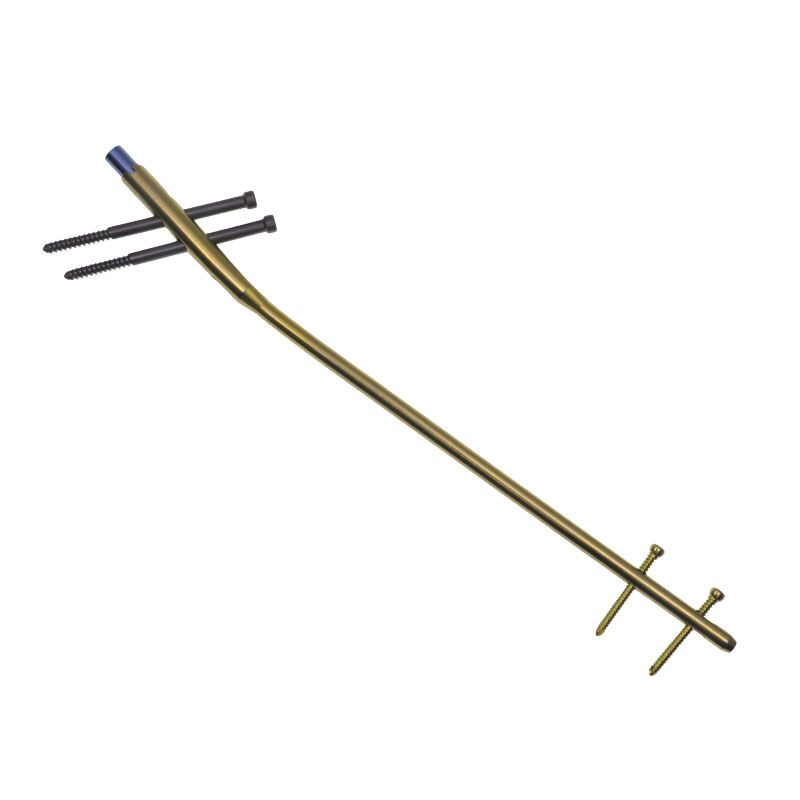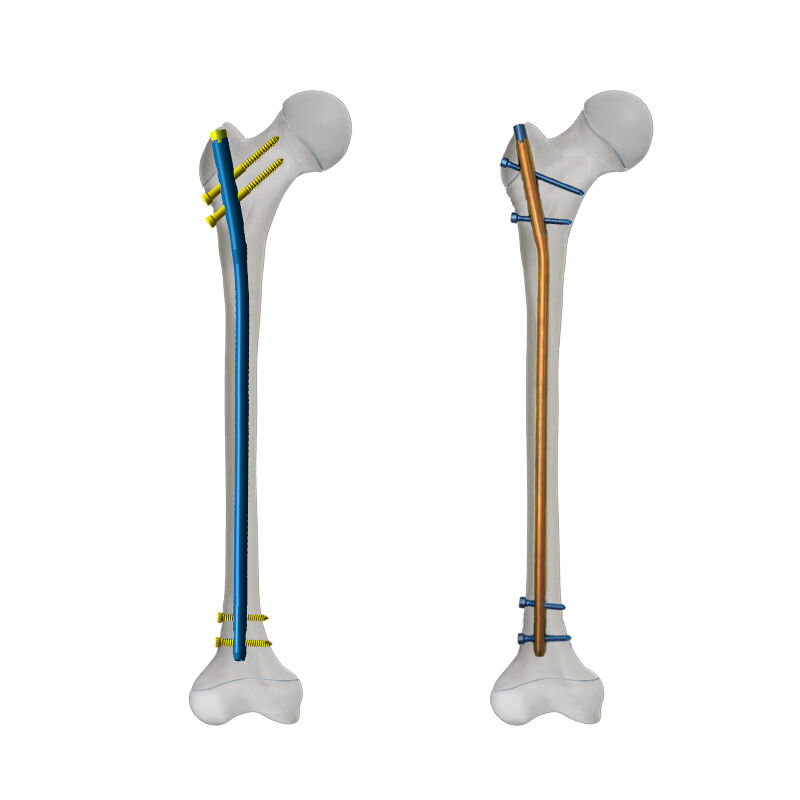medullary nail femur
A medullary nail femur, also known as an intramedullary nail, is a sophisticated orthopedic device designed to stabilize and support fractures in the femur bone. This advanced medical implant is inserted into the medullary cavity of the femur, providing internal fixation that promotes optimal healing and recovery. The nail is typically constructed from biocompatible titanium or stainless steel alloys, ensuring both durability and compatibility with the human body. The device features a cylindrical shape with various locking options at both proximal and distal ends, allowing for secure fixation and rotational stability. Modern medullary nails incorporate innovative design elements such as anatomical curvature to match the natural bow of the femur, multiple locking options for different fracture patterns, and specialized coating technologies to enhance osseointegration. These nails are particularly effective in treating complex femoral fractures, including subtrochanteric, shaft, and distal femur fractures. The surgical technique involves minimally invasive procedures, resulting in smaller incisions and potentially faster recovery times compared to traditional plating methods. The device's design also allows for immediate weight-bearing in many cases, facilitating early mobilization and rehabilitation of patients.


